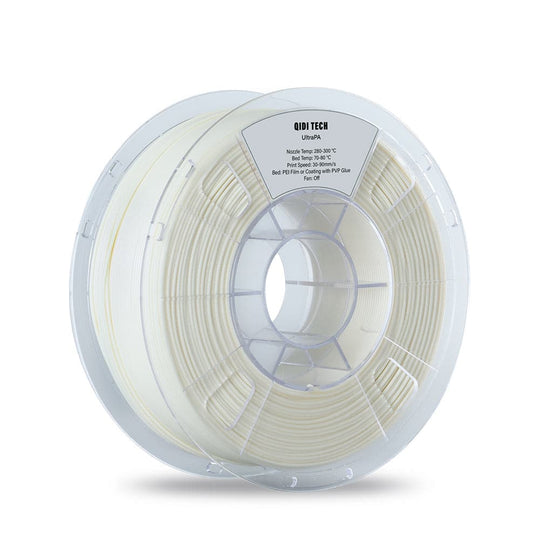Unlock the Secrets to Superior Printing: Discover the Perfect Filament for Your QIDI 3D Printer!
The world of 3D printing is as exciting as it is complex, particularly when it comes to selecting the right filament for your printer. For those utilizing QIDI 3D printers, the choice of filament can significantly influence the outcome of your prints. The quality of filament impacts various aspects of printing, including strength, detail, and overall performance. Using a high-performance filament can elevate your printing experience, allowing you to achieve stunning results that truly reflect your creativity. In this article, we will delve into the different types of filaments available, highlight the key characteristics of high-performance options, and offer practical tips to enhance your 3D printing journey.

Understanding 3D Printer Filament Types
When venturing into the realm of 3D printing, it's essential to understand the various types of filaments available. The most common filament types include PLA, ABS, PETG, and specialty filaments like TPU and Nylon. PLA (Polylactic Acid) is known for its ease of use and biodegradability, making it a popular choice for beginners. It offers vibrant colors and a smooth finish but is less heat-resistant. ABS (Acrylonitrile Butadiene Styrene), on the other hand, is favored for its strength and durability, making it suitable for functional parts, though it can be trickier to print due to warping. PETG (Polyethylene Terephthalate Glycol) strikes a balance between PLA and ABS, offering good strength, flexibility, and resistance to chemicals, making it ideal for a wide range of applications. Specialty filaments, such as TPU (Thermoplastic Polyurethane), provide unique properties like flexibility and elasticity, catering to specific printing needs. Understanding these options is crucial for selecting the right filament for your QIDI printer, ensuring optimal performance and print quality.
Key Characteristics of High-Performance Filament
High-performance filament is defined by several key characteristics that contribute to superior print quality. First and foremost is strength; high-performance filaments are engineered to withstand greater stress and strain, making them ideal for structural applications. Flexibility is another important feature; certain filaments allow for a degree of bending without breaking, which is crucial for projects requiring durable and resilient parts. Heat resistance is equally vital, especially for items that may be exposed to high temperatures or fluctuating environments. Additionally, ease of printing cannot be overlooked; high-performance filaments are designed to minimize issues like warping, stringing, and clogging, allowing for a smoother printing experience. Together, these characteristics ensure that users can achieve high-quality prints that not only look great but also perform well in real-world applications.
Choosing the Right Filament for Your QIDI Printer
Selecting the best filament for your QIDI printer requires an understanding of both the printer's capabilities and the specific filament properties. Different QIDI printer models may have varying temperature ranges, which impacts filament compatibility. For instance, PLA is generally safe for all QIDI printers, while ABS may require a heated bed to prevent warping. PETG is a versatile option that works well with many QIDI models, offering excellent adherence and minimal warping. When choosing filament, it's important to consult your printer's specifications and adjust settings accordingly. Understanding how different filaments react during printing can help you fine-tune your setup, leading to better results. Remember, experimentation is key; trying out different filaments can uncover unique qualities that may enhance your specific projects.
Tips for Optimizing Print Quality with High-Performance Filament
To optimize print quality with high-performance filament, always consider key aspects. First, ensure that your printer is calibrated correctly. Regular calibration can prevent common issues that may arise. Adjust temperature settings based on the filament type you are using; it’s essential to maintain a stable printing environment. Clean the printer’s nozzle regularly to avoid clogs and ensure consistent flow. Another critical area to monitor is the bed adhesion; proper adhesion minimizes warping and leads to better print quality. Always keep drafts away from the printer during operation. Don’t hesitate to experiment with different settings and methods to find what works best for your specific projects. Applying these tips can lead to significant improvements in your printing experience.
Enhancing Your 3D Printing Experience
In summary, selecting high-performance filament is essential for enhancing print quality with QIDI 3D printers. From understanding the different types of filaments available to recognizing the key characteristics that define high-performance materials, knowledge is power in the 3D printing world. By choosing the right filament and applying practical tips to optimize your printing process, you can unlock the full potential of your QIDI printer. Remember, the journey of 3D printing is filled with experimentation, so don't be afraid to try different filament types to discover what works best for your unique projects. Happy printing!








